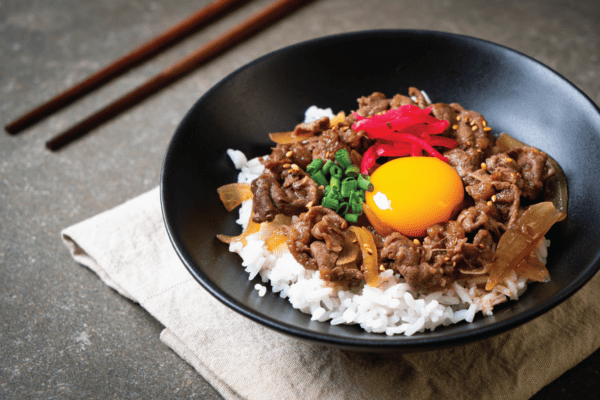It wasn’t long ago that we had to include a pronunciation for sriracha every time we mentioned it, and before that, it was chipotle (heck, some people still can’t say chipotle). And how about pho, did someone correct you the first time you said it out loud?
At some point, almost every food or flavor trend is brand new to us. Then, almost imperceptibly, it starts to become a part of our culinary lives until we almost can’t imagine a day when we didn’t put the “ay” in poke.
That’s why, when Datassential develops its list of flavors, ingredients, and dishes that should be on your radar each year, we focus on the truly forward-thinking concepts – the flavors you may not be able to pronounce yet. Because at some point ingredients like ashwagandha, lichen, and yuzu kosho may become as common to you as kale and kimchi. Explore the first 3 of our top 10 flavors to watch.
Lichen
Chef Rene Redzepi has long featured lichen on his menu at Noma, which is regularly included on “Best Restaurant in the World” lists. Now that he’s unveiled version 2.0 of the restaurant, it’s raising the profile of his beloved foraged ingredients all over again.
Lichens are plentiful – they grow on every continent at nearly every elevation – and come in a huge range of flavors, colors, and varieties (be careful: like mushrooms, some are toxic). If lichen sounds a little too “out there” to you, consider that ingredients like algae and spirulina can now be found in drinks and energy bars at big box stores; in fact, algae is one of the two organisms that combine to create this composite organism (the other being cyanobacteria – mmmm).
How do you use it? One form, often called rock ear or rock tripe, has long been used in Asian cuisines as both a food and medicine, while the Tallinn Foodfest, a globally-focused event held in Estonia, featured a mushroom cappuccino with roasted lichen and carrot mousse as the “dish of the future.” Redzepi uses a species called reindeer lichen, which is pre-digested in the stomach of a reindeer to make it sweeter (mmmm again), that in the past he’s deep-fried and flavored with mushroom powder to up the umami factor even more. Lichen can also be used in food manufacturing and engineering as a thickening or binding agent.
Booza
What if you could make gelato even richer and creamier? Enter: booza, otherwise known as Arabic ice cream, or dondurma in Turkey. This frozen treat is thickened with mastic or salep, which gives it a thicker, even taffy-like consistency that prevents it from melting in the hot sun as quickly.
In countries where booza is popular, it’s often sold by theatrical street vendors who play music, sing, and playfully tease customers by snatching the ice cream out of the cone at the last minute, all while working the treat with big wooden paddles to keep it soft.
A number of restaurants and chains throughout the region also serve plated booza or dondurma desserts, designed to be eaten with a knife and fork. New York’s Republic of Booza, which opened this year, stretches the ice cream by hand before serving, while Lezzetli Mediterranean Ice Cream, also based in New York, said it was the first to market a retail dondurma in the U.S., though the company is currently retooling the concept.
Donburi
If you can serve it in a bowl, it has a good chance of becoming a trend. That has been one of the key lessons in the industry in recent years, as smoothie bowls, protein bowls, breakfast bowls, and poke bowls have exploded in growth. Now, following in the footsteps of the ramen craze, chefs are starting to feature a wide range of donburi, or Japanese rice bowls, on U.S. menus.
Donburi are ubiquitous and wide-ranging in Japan, referring to a combination of proteins and/or vegetables simmered in a flavorful sauce that typically includes dashi, soy sauce, and mirin. The most well-known version around the world may be gyudon, topped with beef and often an egg (which is sometimes raw – stir it in like bibimbap), but many Japanese ingredients that are becoming more common on U.S. menus can also be featured in donburi, including dishes that are common on trendy izakaya menus, like katsu (breaded pork cutlets), karaage (Japanese fried chicken), and yakitori (grilled chicken skewers).
Exciting and new today, these flavors could very well start popping up everywhere tomorrow. Explore how you can create new dishes and offerings that incorporate these ingredients. Check out the rest of our flavors to watch Part 2 and Part 3.









